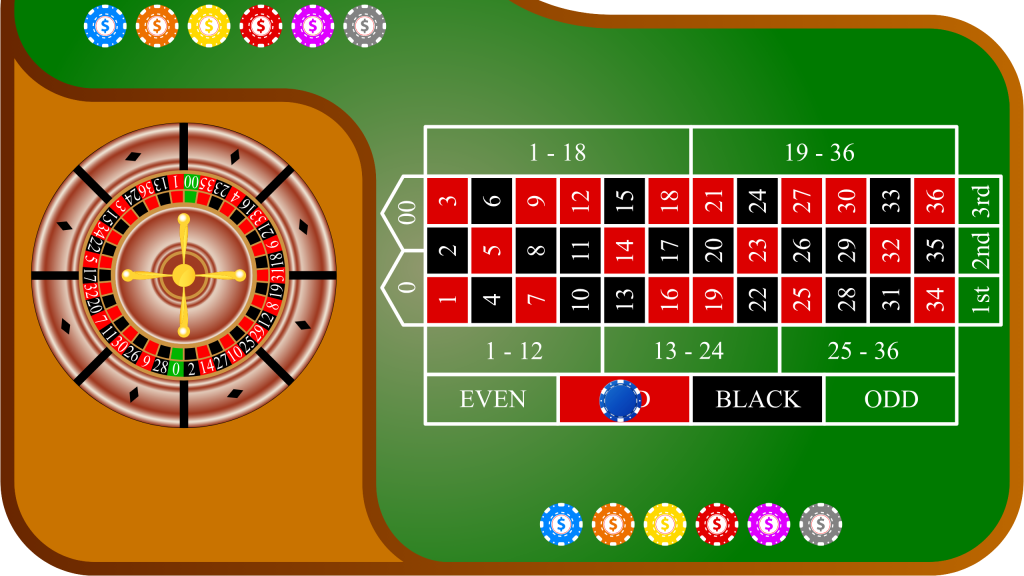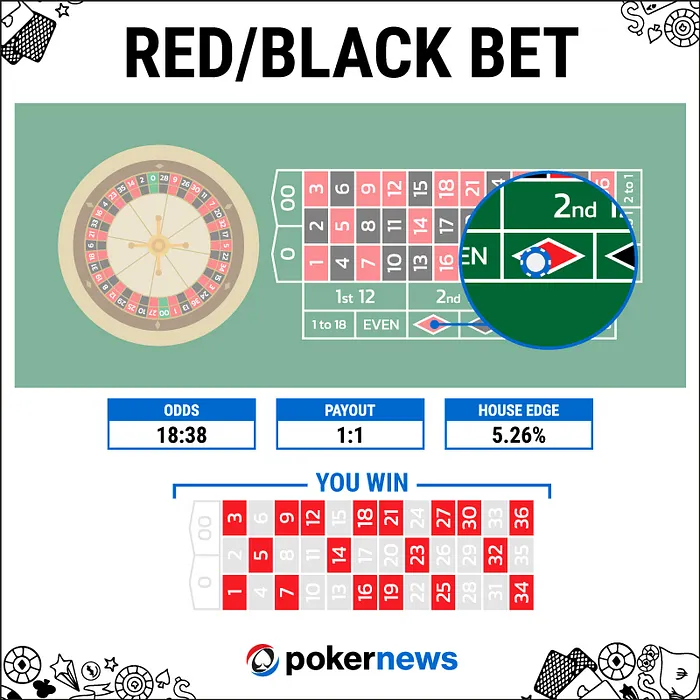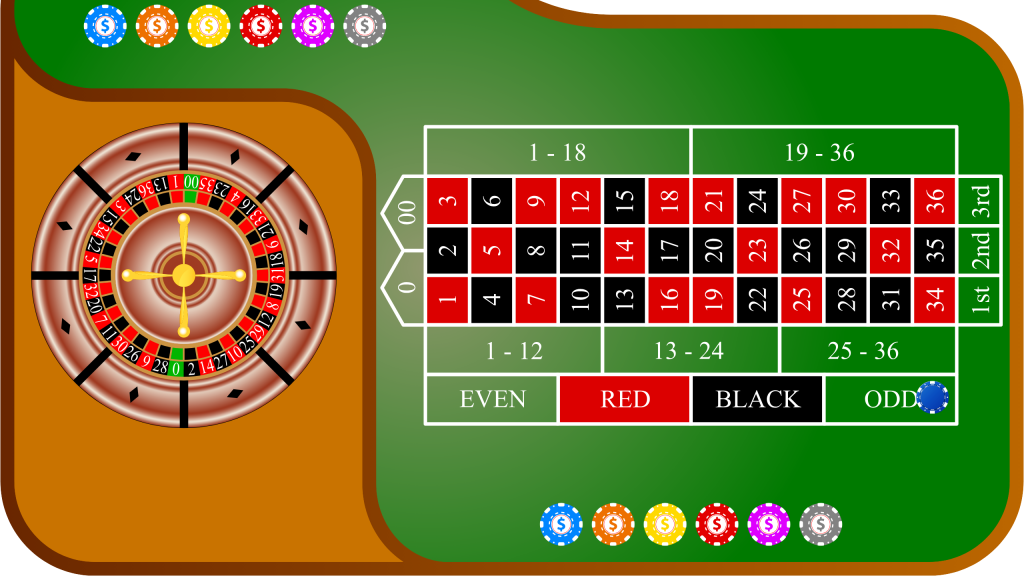The “bet on red” strategy in roulette refers to wagering on all the red numbers for a spin, a choice that appeals to many gamblers because of its simplicity, even-money payout, and powerful allure of “luck” associated with color choices. This strategy is foundational to casino play and remains one of the most enduring betting approaches in both land-based and online casinos.
Understanding the Bet on Red Strategy
What Does Bet on Red Mean?
Bet on red means betting that the next winning number in roulette will be one of the red-colored pockets on the wheel. In both European (single zero) and American (double zero) roulette, there are 18 red numbers, 18 black numbers, and either one or two green zeros, depending on the version. This is an outside bet and pays 1:1 — bet $10, win $10 net if red hits; lose your bet if black or green lands.
Why Do Players Prefer It?
- Simplicity: Easy to understand, requiring no knowledge of complex odds or systems.
- Psychology: Many believe red is “luckier” or follow streaks (“red has hit often lately, so black is due” — a Gambler’s Fallacy).
- Near 50/50 Odds: The perception of fairness and a “good chance” of winning entices frequent play.
The Odds of Winning
European Roulette: 18/37 = 48.6% chance of winning on red (the single zero prevents true 50/50 odds).
American Roulette: 18/38 = 47.4% chance of winning on red (due to both zero and double zero).
House Edge: For European roulette, house edge is 2.70%; for American, 5.26%.
Payout: 1:1 — double your wager if you win.
The Mechanics Behind Betting on Red
The Roulette Wheel
A European roulette wheel has 37 pockets (numbers 1–36, half red, half black, and a single green 0). An American roulette wheel has 38 pockets (an extra green 00). Red and black numbers are evenly distributed, but green(s) ensure that the odds are slightly less than 50/50, creating the house advantage.
Variations of Roulette
| Type | Pockets | Red Squares | Black Squares | Green Squares | Odds on Red | House Edge |
| European Roulette | 37 | 18 | 18 | 1 | 48.6% | 2.70% |
| American Roulette | 38 | 18 | 18 | 2 | 47.4% | 5.26% |
Online vs. Physical Casinos
Online casinos often provide accessibility, lower minimum bets, and digital records of outcomes. Physical casinos offer traditional atmosphere and social interaction, but the odds are the same for comparable game types. Both settings may display histories of past outcomes, but statistically, each spin is independent regardless of previous sequences.
Strategies to Increase Potential Winnings
Bankroll Management
Set a fixed budget and avoid chasing losses. Some players use progressive betting systems (like the Martingale or D’Alembert) — doubling or increasing bets after losses — but these do not alter the house edge and can lead to rapid losses due to table limits or exhausting your bankroll.
When to Bet on Red
There’s no statistically better time to bet on red; each spin is independent. Avoid making decisions based on streaks or presumed patterns; every spin remains a random event.
Combining Bets
Advanced players may combine outside bets (such as red plus even or high) for diversified risk. Some use progression systems (e.g., Martingale or D’Alembert) while sticking to red. Example: D’Alembert increases bet by one unit after a loss, decreases after a win, attempting to balance wins and losses over time.
Betting on Red in Popular Culture
Movies and Media Representation
Betting on red is dramatized in films and media as a bold, all-or-nothing gamble. Iconic casino scenes — such as sudden streaks on red, or dramatic “bet it all on red” moments — emphasize the suspense and excitement of roulette.
Real-Life Stories
Stories exist of gamblers making significant wins or devastating losses on a single color bet. For example, some players have made headlines betting their entire bankroll on red — sometimes winning spectacularly, sometimes losing it all. While famous, such stories underscore the risk and unpredictability of relying on a single-color bet.
Conclusion
Bet on red remains a staple in both the psychology and excitement of casino play, offering a simple choice with nearly even odds, but always in favor of the house. Its enduring appeal is tied to both the thrill of chance and its prominent role in casino culture, media, and real-life gaming stories.




